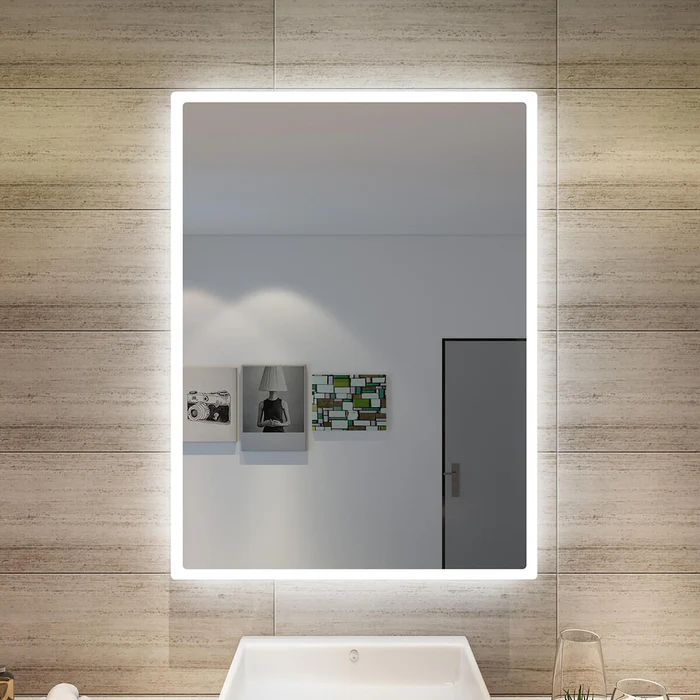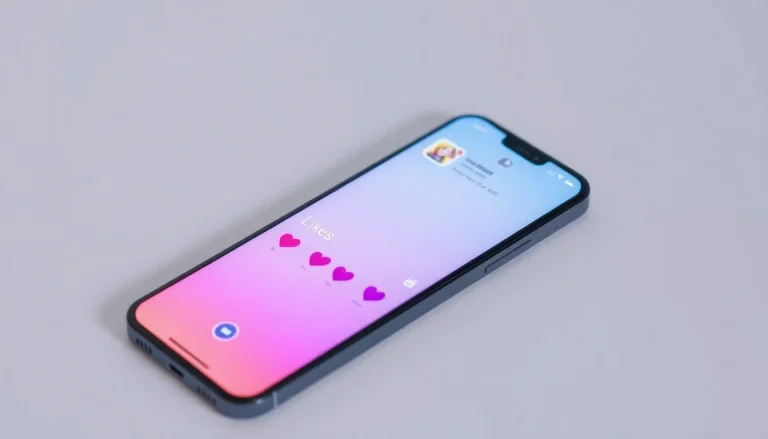Understanding Luxury: What Does It Mean?
The concept of luxury evokes a spectrum of feelings, from comfort and prestige to exclusivity and opulence. At its core, luxury refers to a state of great comfort, often associated with high-quality goods and services that go beyond mere necessity. The true meaning of luxury transcends material wealth; it embodies an aesthetic lifestyle replete with lavish experiences and environments.
The Definition of Luxury Goods
Luxury goods are defined as products that represent a higher standard of quality and exclusivity, often characterized by their elevated price points. According to economic principles, these goods experience an increase in demand that exceeds the increase in consumer income. In simpler terms, as individuals amass wealth, they tend to invest in luxury items, such as haute couture clothing, designer handbags, and fine jewelry, which are seen not merely as possessions, but as symbols of status and refinement.
Economic Impact of Luxury Spending
The luxury market significantly impacts global economies, generating billions in revenue each year. According to recent industry reports, luxury goods sales have been steadily increasing, emphasizing how even during economic downturns, the demand for luxury remains resilient. This peculiar behavior illustrates a key economic principle: luxury goods often experience a paradox of increased demand during uncertain times as individuals seek comfort in quality and prestige.
Luxury vs. Necessity: A Comparative Analysis
Distinguishing between luxury and necessity is fundamental to understanding consumer behavior. Necessities are defined as items essential for survival, such as food, water, and shelter. Conversely, luxury items encompass a broader range of goods and services that enhance lifestyle quality without necessarily fulfilling basic needs. A comparative analysis reveals the psychological motivations driving consumers toward luxury purchases, including self-affirmation, social status, and the pursuit of pleasure.
The Characteristics of Luxury Items
Exceptional Quality and Craftsmanship
One of the hallmarks of luxury items is their outstanding quality and meticulous craftsmanship. Luxury brands invest significantly in the sourcing of premium materials, expert production processes, and skilled artisans who create each item with precision. For instance, in the world of haute couture, garments are often handmade, allowing for unique designs that reflect the brand’s heritage and artistic vision. This commitment to quality not only sets luxury items apart from mass-produced goods but also allows brands to justify higher price points.
Exclusive Brand Significance
Exclusivity is another defining characteristic of luxury brands. Many luxury items, such as limited edition watches or rare handbags, are produced in minimal quantities, creating a sense of scarcity that enhances desirability. Brands often cultivate an aura of exclusivity through selective distribution channels, ensuring that their products are available only at high-end retailers or exclusive boutiques. This strategic positioning bolsters brand prestige and strengthens consumer loyalty, as ownership of luxury goods becomes a badge of honor.
Trends in Luxury Fashion and Design
The luxury industry is ever-evolving, responding to societal changes and consumer preferences. Recent trends illustrate a shift towards sustainability and ethical practices, with luxury consumers becoming increasingly aware of the environmental and social implications of their purchases. Luxury brands are embracing eco-friendly materials and ethical production processes, reinforcing their commitment to craftsmanship while addressing modern consumer values. As a result, this shift not only enhances brand image but also attracts a conscientious clientele that values culture and responsibility alongside opulence.
Exploring Luxury in Various Industries
Luxury in Fashion: Iconic Brands
The world of luxury fashion is populated with iconic brands that have shaped the industry through their innovative designs, elaborate marketing strategies, and rich histories. Brands such as Louis Vuitton, Gucci, and Chanel are synonymous with luxury and continue to set industry standards. Their narrative-driven approach weaves intricate stories that resonate with consumers, elevating the appeal of their products beyond mere aesthetics. These brands often collaborate with renowned designers and artists to create unique collections that captivate their audience and reinforce the emotional connection consumers have to luxury fashion.
Luxury Cars: The Apex of Automotive Excellence
In the realm of automobiles, luxury brands such as Rolls Royce, Bentley, and Ferrari stand at the pinnacle of engineering and design excellence. These manufacturers create vehicles that are not only powerful and high-performing but also epitomize sophistication and elegance. Luxury cars incorporate state-of-the-art technology, exquisite interiors, and bespoke personalization options, ensuring that each vehicle is a unique expression of the owner’s style and preferences. This level of customization and quality reinforces the perceived value of these vehicles, making them coveted assets among affluent consumers.
High-End Technology Gadgets: Innovative Reliability
As technology continues to advance, luxury brands are stepping into the tech industry to offer high-end gadgets that combine elegance and innovation. Brands like Apple, with its premium models, and luxury watchmakers integrating smart technology into their designs, cater to a discerning clientele seeking both functionality and aesthetics. The intersection of technology and luxury creates a unique market niche where exclusivity and prestige are paramount. By investing in cutting-edge technology, luxury brands elevate their consumer offerings and maintain relevance in a rapidly-changing digital landscape.
Consumer Behavior and Luxury
Who Buys Luxury? Demographic Insights
Understanding the demographics of luxury consumers is crucial for marketers aiming to target this affluent market. Recent studies have indicated that millennials and Gen Z are increasingly entering the luxury market as they attain financial independence. This shift requires brands to tailor their marketing strategies to resonate with younger consumers, incorporating contemporary trends while preserving classic appeal. Moreover, segmentation based on lifestyle, income, and geographical regions informs targeted marketing efforts, ensuring luxury brands align their offerings with consumer expectations.
Psychology of Luxurious Living
The psychology behind luxury purchases is multifaceted. Many consumers associate luxury with status and success, purchasing high-end products as a form of self-expression or social signaling. The prestige of owning luxury items often leads to a sense of belonging within exclusive circles, reinforcing social validation and enhancing identity. Additionally, inherent emotional drivers, such as desire for comfort, pleasure, and the pursuit of happiness, perpetuate luxury buying behavior. Understanding these psychological factors allows brands to craft compelling narratives that resonate with their audience, enhancing customer loyalty.
Emerging Trends in Luxury Consumption
The landscape of luxury consumption is continuously changing, shaped by societal trends and technological advancements. One notable trend is the rise of experiential luxury, where consumers prioritize experiences over material possessions. As travel, fine dining, and unique adventures become the new status symbols, brands are adapting by offering luxury experiences that create lasting memories rather than just products. Additionally, the digital transformation of luxury sales channels, driven by e-commerce growth and social media influence, has reshaped the way consumers interact with luxury brands, further emphasizing the need for a modernized approach to marketing.
Creating Your Own Luxury Experience
Luxury Interior Design Tips for Homeowners
Creating a luxurious atmosphere in one’s home doesn’t require a vast budget but rather an understanding of the elements that embody luxury. Start with color palettes that promote tranquility and indulgence, such as deep jewel tones or neutral shades paired with metallic accents. Invest in quality over quantity—choose a few standout pieces rather than filling your space with many items. Incorporate personalized touches, like bespoke furniture or art pieces, which add character and make your space a true reflection of your style. Moreover, attention to detail, from high-quality fabrics to optimal lighting, will elevate the ambiance of your home.
Investing in Luxury: Key Considerations
When considering investments in luxury goods, whether it’s fashion or property, prospective buyers should take several factors into account. Researching brand history and future trends is crucial to ensure investment longevity. Additionally, purchasing items that hold historical significance or those that have a robust resale market can further enhance investment potential. Buyers should also evaluate personal affinity—select items that resonate with personal taste rather than those dictated solely by trends, ensuring that luxury purchases remain satisfying over time.
Maintaining Your Luxury Items: Care and Preservation
Owning luxury items requires an understanding of proper care and maintenance to preserve quality and aesthetics. For clothing, adhere to specific washing instructions, utilize garment bags for storage, and have pieces professionally cleaned as needed. For watches and jewelry, regular servicing and careful handling are essential to maintain functionality and appearance. Home investments, such as high-end furniture or art, require a clean environment and appropriate humidity control to prevent degradation. Implementing these preservation practices not only extends the lifespan of luxury items but also ensures that they continue to provide joy and value over the years.




